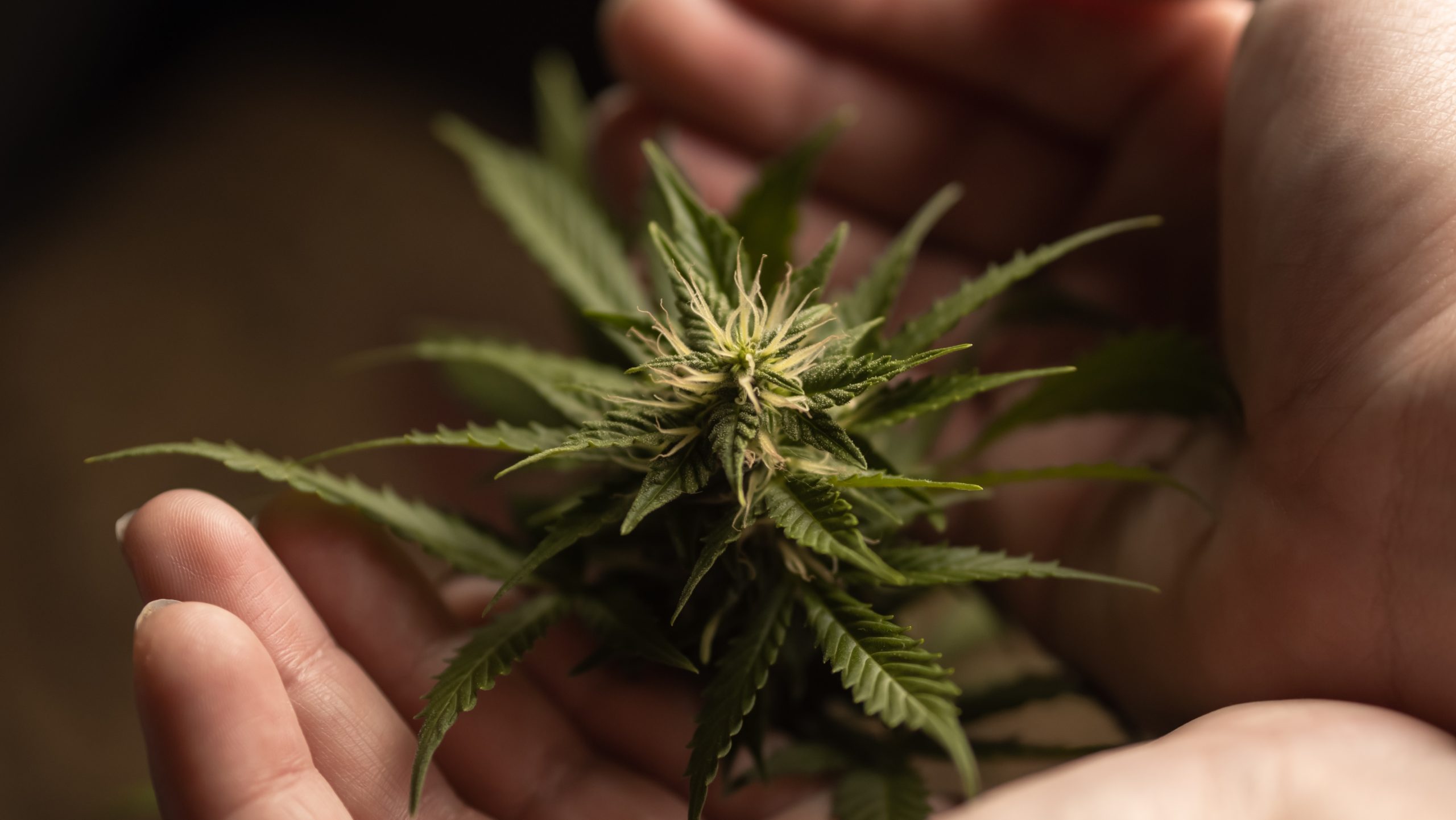High-potency cannabis may promise a stronger high, but a sweeping scientific review reveals it could also deliver a heavy blow to mental health, with risks rising as THC climbs.
Story Highlights
- Largest systematic review to date links high-potency cannabis with increased risk of psychosis, schizophrenia, and addiction.
- Evidence for anxiety and depression is conflicted, with both harmful and beneficial effects reported.
- Most studies suffer from methodological weaknesses, leaving clinical guidance uncertain.
- Researchers and clinicians call for better studies and urgent public health action as potent cannabis use soars.
High-Potency Cannabis: Promises and Pitfalls
Legalization and commercialization have transformed cannabis over the past two decades, producing products with tetrahydrocannabinol (THC) levels far beyond what prior generations encountered. Today’s cannabis is not your grandfather’s mellow weed; it’s a high-octane chemical cocktail, and a new review published in the Annals of Internal Medicine lays bare the emerging risks. Researchers analyzed nearly 100 studies conducted between 1977 and 2023, zeroing in on products with elevated THC levels and their impact on mental health. The findings are sobering: the stronger the weed, the higher the risk for psychosis, schizophrenia, and cannabis use disorder. The warning is clear, but as cannabis potency rises, the urgency for answers grows louder.
Millions of Americans now use high-potency cannabis daily or near-daily, a trend mirrored in legal markets worldwide. This review stands out not only for its scale but also for its inclusivity, covering both recreational and therapeutic uses. Previous warnings about cannabis and psychosis were built on weaker, lower-potency products and smaller studies. Now, with stronger strains dominating dispensaries, the stakes are considerably higher. Yet, for anxiety and depression, the evidence is a muddle: some studies report relief, others reveal worsening symptoms, and the rest contradict each other. The science is not settled, and consumers remain in the crosshairs.
The Mental Health Fallout: Psychosis, Schizophrenia, and Addiction
Psychosis and schizophrenia top the list of dangers linked to potent THC. The review’s most robust findings connect high-potency cannabis with a marked increase in these severe mental health disorders. Cannabis use disorder (CUD)—an umbrella term for problematic, compulsive cannabis use—also rises in tandem with THC levels. These risks appear consistent across both recreational and medical contexts. For those predisposed to psychiatric issues, or with a family history of psychosis, stronger cannabis may be especially perilous. This is not merely academic: clinicians across North America and Europe report seeing more cases of cannabis-induced psychosis and addiction as product strength escalates. The link is clear, but the mechanisms remain elusive, fueling a demand for deeper, longitudinal studies.
The evidence for anxiety and depression, however, is far less straightforward. Among non-therapeutic users, over half the studies suggest unfavorable outcomes, but nearly half of therapeutic studies report benefits. The contradiction runs deep, and no study finds benefit for psychosis or schizophrenia. This confusing landscape leaves both doctors and users grasping for answers. Uncertainty isn’t just inconvenient—it’s dangerous when millions have unfettered access to high-potency products. The scientific community is united in one demand: better research, sharper data, and more clarity.
The Policy Tug-of-War: Researchers, Industry, and Regulators
Researchers from the University of Colorado Anschutz Medical Campus and King’s College London lead the charge for stronger evidence and smarter policy. Their warnings have triggered a cascade of media coverage, legislative debate, and public concern. Medical professionals are caught in a bind, lacking firm guidelines to advise patients. Health agencies and lawmakers face mounting pressure to regulate potency, label risks, and balance economic interests with public health. The cannabis industry, meanwhile, pushes back, eager to protect market share and innovation. This power struggle is shaping the future of cannabis policy, with science increasingly at the center of the conversation.
Economic, social, and political impacts ripple outward. Healthcare costs may rise as cannabis-induced mental health disorders grow more common. Public perception, once shaped by decades of prohibition and stigma, now contends with a new reality: potent cannabis carries real risks. The debate over legalization and harm reduction is evolving, driven by the weight of emerging evidence. Calls for clearer labeling, stricter regulation, and targeted public health messaging are growing louder. For now, the gap between what scientists know and what policymakers can act on remains wide—and the stakes are rising with every new, stronger strain.
The Road Ahead: Urgent Questions and Unanswered Risks
Experts agree: today’s cannabis exists in uncharted scientific territory. Most studies suffer from bias, confounding factors, and methodological flaws, making it impossible to issue definitive clinical guidance. Yet, the consensus is hard to ignore—higher THC means higher risk, especially for psychosis, schizophrenia, and addiction. Anxiety and depression remain a scientific gray area, with therapeutic promise offset by potential harm. As high-potency cannabis becomes the new normal, researchers and clinicians urge a proactive approach: more rigorous studies, better public health surveillance, and smarter regulation.
The story is far from over. As stronger cannabis reshapes the landscape, the need for answers intensifies. The public, policymakers, and the industry all have skin in the game. Until science catches up, consumers must weigh the risks themselves, armed with the best—albeit imperfect—knowledge available. The high may be thrilling, but the fallout could be far more lasting.











